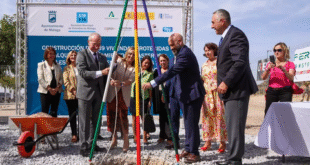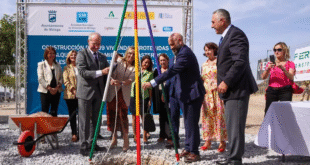Acebuchal, a village that has only 15 residents.
Credit: elacebuchal.com
Andalusia’s government has just unveiled a new strategy to tackle the demographic challenges. This will lead to a boost in the economy and a transformational future.
Presented by Justice and Local Administration councillor José Antonio Nieto, the draft plan hopes to grow the region’s population to 10 million by 2050 and at the same time bring the local economy up to match the national average. The plan aims to improve the incomes of all residents.
The strategy goes beyond rural depopulation or ageing. It aims to achieve a balanced growth throughout the region and targets 95 priority municipalities in order to halt the 80 per cent decline of the population over the past decade. Accessibility is key. 97 percent of Andalusians are within 30 minutes’ drive of schools, hospitals, motorways and universities. It is a way to bring rural living back into the mainstream, and reverse the trend of over half the 8.6 million people in the region clustering in 30 cities.
Junta’s plan boosts earnings for everyone
The economic impact of the plan is unprecedented. Andalusia aims to combine population growth and sustainable job creation by increasing everyone’s income. Nieto calls the goals ‘ambitious but achievable’, supported by four pillars: demographic integration in all policies, social cohesion, economic development, and territorial balance to ease urban overcrowding.
With the birth rate dropping, offset only by immigration and foreign retirees, and projections of an 800,000-person loss by 2070, the new strategy is a lifeline that demands a development of a ‘culture of rootedness’ through employment, housing, and infrastructure, ensuring Andalusians can thrive anywhere in the region. The vision for Spain’s largest community signals a more equitable and brighter future for all.
 Costa News Spain Breaking News | English News in Spain.
Costa News Spain Breaking News | English News in Spain.





